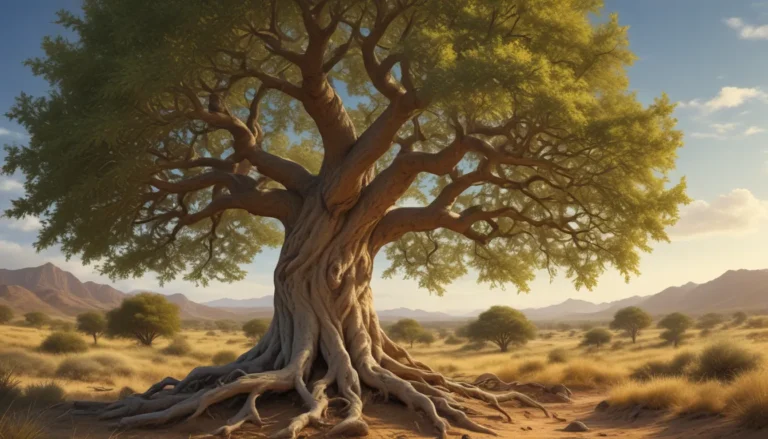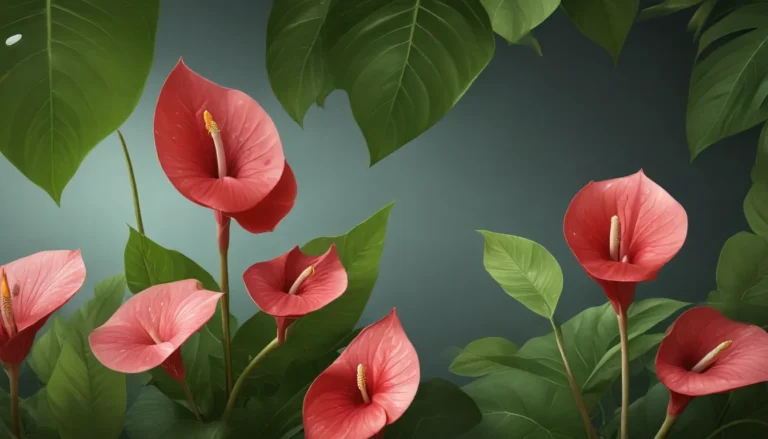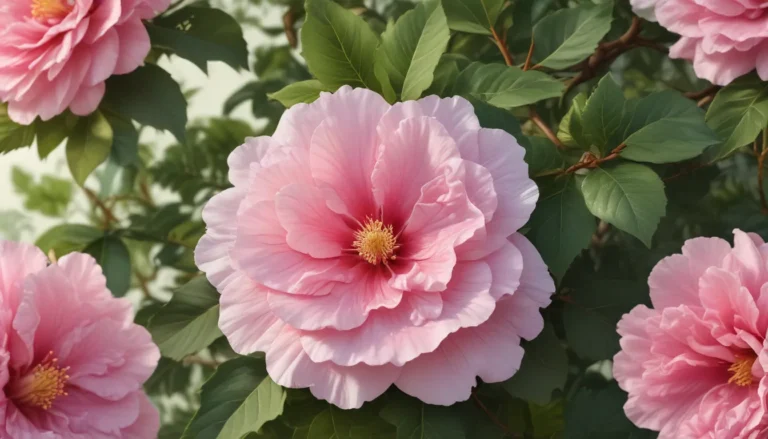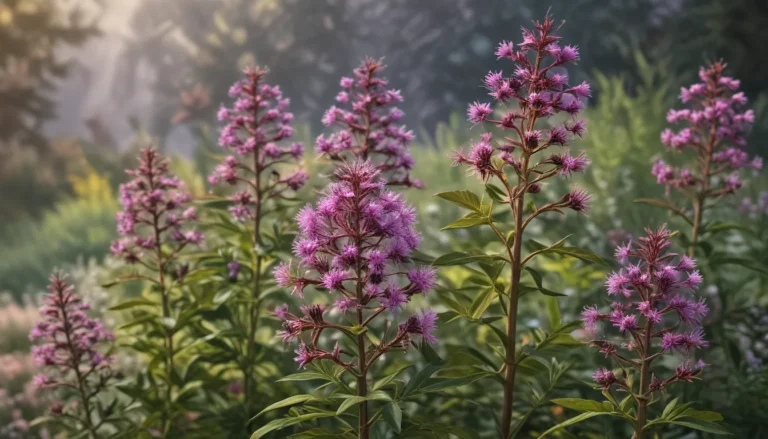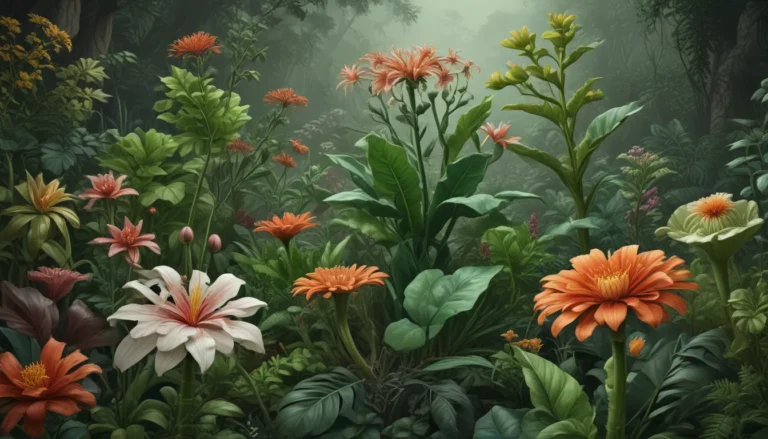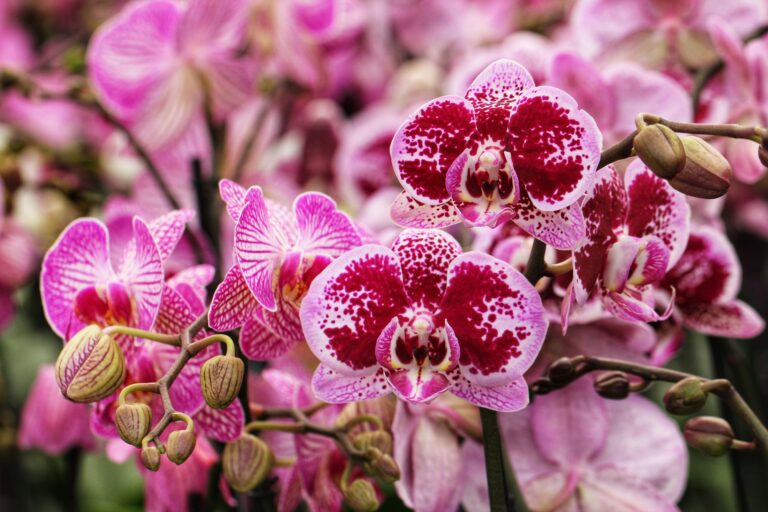The pictures we use in our articles might not show exactly what the words say. We choose these pictures to make you interested in reading more. The pictures work together with the words but don’t take their place. The words still tell you the important facts.
The resurrection plant, scientifically known as Selaginella lepidophylla, is a botanical marvel that has captured the attention of botanists and nature enthusiasts alike. This extraordinary plant possesses a unique ability to survive extreme dehydration, appearing lifeless during droughts but springing back to life upon exposure to water. Join us as we explore 11 intriguing facts about the resilience, adaptability, and mystical allure of the resurrection plant.
The Resilience of the Resurrection Plant
- The Resurrection Plant symbolizes resilience, inspiring people with its ability to endure harsh conditions and bounce back to life.
- It is not only a decorative plant but also a subject of scientific research, offering hope for agriculture and conservation efforts.
Surviving Extreme Desiccation
The Resurrection Plant exhibits a remarkable survival mechanism, allowing it to endure extreme dehydration. When deprived of water, it curls up into a tight ball, appearing lifeless. However, upon rehydration, it miraculously unfurls and regenerates itself, hence earning its name.
Native Habitat of the Resurrection Plant
This hardy plant is native to desert regions in North Africa, the Middle East, and the Americas, where it thrives in arid and semi-arid environments. Its natural habitat reflects its ability to withstand harsh conditions.
Belonging to the Selaginella Genus
The Resurrection Plant belongs to the Selaginella genus, which encompasses over 700 species of spikemosses. These ancient plants are renowned for their resilience and adaptability, making them survivors in challenging environments.
Historical Uses in Traditional Medicine
Across different cultures, the Resurrection Plant has been utilized in traditional medicine for its perceived rejuvenating and healing properties. Its historical use reflects the plant's reputation for vitality and renewal.
The Symbolism of Resilience
Due to its capacity to endure prolonged droughts, the Resurrection Plant is often admired as a symbol of resilience and endurance in the face of adversity. Its ability to thrive in adversity resonates with the human spirit.
Survival Adaptations to Harsh Conditions
The Resurrection Plant has evolved unique physiological adaptations that enable it to thrive in harsh environmental conditions. Its resilience against extreme temperatures and prolonged drought showcases its remarkable survival strategies.
Mystical Reputation and Folklore
In folklore, the Resurrection Plant has acquired a mystical reputation associated with themes of rebirth, renewal, and spiritual awakening. Its ability to regenerate has sparked imaginations and inspired tales of wonder.
Decorative Appeal of the Resurrection Plant
With its intriguing behavior and distinctive appearance, the Resurrection Plant has gained popularity as a decorative plant in homes and gardens worldwide. Its resilience adds an element of fascination to its aesthetic charm.
Educational Significance in Demonstrations
The Resurrection Plant's ability to revive after desiccation makes it a popular educational tool for demonstrations. Students and enthusiasts are captivated by its resilience, providing valuable lessons in adaptation and survival in challenging environments.
Scientific Exploration and Research
Scientists are actively studying the Resurrection Plant to unlock the secrets of its desiccation tolerance. The findings from research hold promise for applications in agriculture, medicine, and ecological restoration, showcasing the plant's potential impact on various fields.
Cultivation for Conservation Efforts
Given its potential for ecological restoration, the Resurrection Plant is cultivated for conservation efforts aimed at rehabilitating degraded ecosystems and preserving biodiversity. Its adaptability and resilience offer hope for restoring damaged environments.
The Remarkable Wonder of the Resurrection Plant
The Resurrection Plant, with its extraordinary survival skills and cultural significance, continues to captivate plant lovers and researchers worldwide. Its ability to endure extreme desiccation and spring back to life serves as a testament to nature's resilience and regenerative power.
Concluding Thoughts
In conclusion, the resurrection plant stands as a testament to nature's remarkable ability to survive and thrive under challenging circumstances. Its capability to rejuvenate from a desiccated state to vibrant health upon rehydration sparks awe and curiosity, providing valuable insights for scientific exploration and potential applications across various disciplines. With its enduring resilience and adaptability, the resurrection plant epitomizes hope and endurance in the face of adversity, reminding us of the wonders found in the natural world.
Frequently Asked Questions
What are the unique adaptations of the resurrection plant?
The resurrection plant possesses specialized adaptations, such as desiccation tolerance, enabling it to survive extreme dehydration. During dry spells, it curls up and appears lifeless, only to revive and resume metabolic activities upon rehydration.
Where can the resurrection plant be found?
Resurrection plants are native to arid and semi-arid regions globally, including parts of Africa, the Americas, and Australia. They thrive in rocky or sandy soils with unpredictable water availability, showcasing their resilience in challenging environments.
Enhancing Your Knowledge with Us
Our commitment to delivering trustworthy and engaging content ensures that each fact we share is contributed by users like you, offering a diverse range of insights and information. Our dedicated editors rigorously review each submission to maintain the highest standards of accuracy and reliability, ensuring that the facts we present are both fascinating and credible. Trust in our dedication to quality and authenticity as you explore and learn with us.

